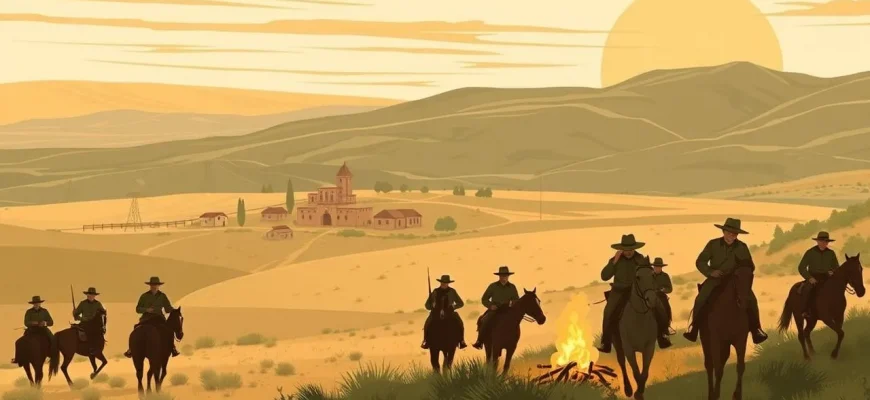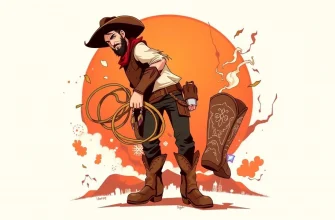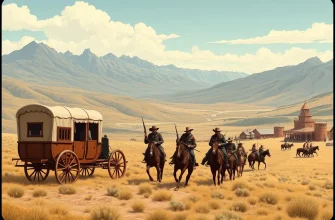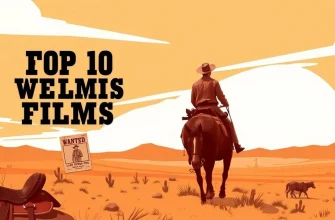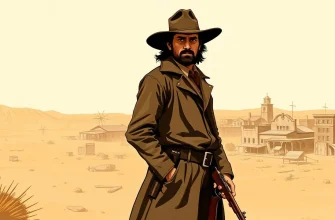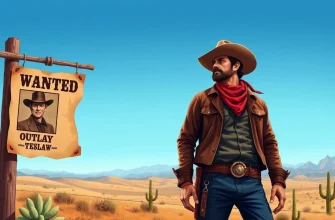The Western genre has always captivated audiences with its tales of rugged landscapes, lawless frontiers, and the indomitable spirit of the American West. Within this genre, films that focus on the army offer a unique perspective, showcasing the discipline, camaraderie, and often the harsh realities of military life in the Old West. This curated list of ten films not only provides a thrilling cinematic experience but also delves into the historical and cultural significance of the army in shaping the Western narrative. Each film in this collection has been selected for its portrayal of military life, its impact on the genre, and its availability in British English dubbing or subtitles, ensuring a rich viewing experience for UK audiences.
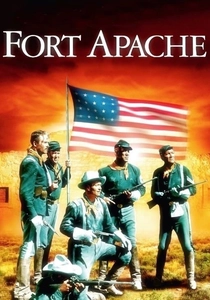
Fort Apache (1948)
Description: This John Ford classic examines the clash between military protocol and the reality of frontier life at a remote cavalry post. It's a poignant look at leadership, duty, and the army's role in the West.
Fact: The film was the first in Ford's "Cavalry Trilogy," followed by "She Wore a Yellow Ribbon" and "Rio Grande." Henry Fonda's character, Lt. Col. Owen Thursday, was inspired by General George Armstrong Custer.
 Watch Now
Watch Now
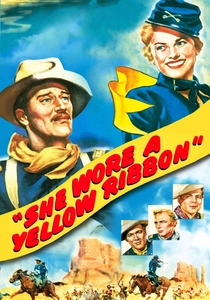
She Wore a Yellow Ribbon (1949)
Description: Another entry in John Ford's Cavalry Trilogy, this film focuses on an aging cavalry officer's final mission before retirement, highlighting the army's role in maintaining peace on the frontier.
Fact: The film was shot in Monument Valley, a location Ford used frequently for its iconic Western landscapes. The title refers to the song "She Wore a Yellow Ribbon," which symbolizes support for the cavalry.
 Watch Now
Watch Now
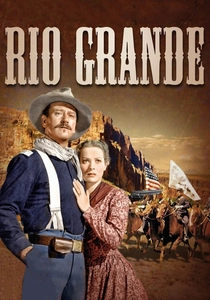
Rio Grande (1950)
Description: The final film in Ford's Cavalry Trilogy, it explores the personal and professional life of a cavalry officer as he deals with family issues and Apache raids, showcasing the army's dual role in defense and family.
Fact: Maureen O'Hara, who plays the lead female role, was known for her fiery chemistry with John Wayne, which is evident in this film. The film was shot in black and white to save on production costs.
 Watch Now
Watch Now
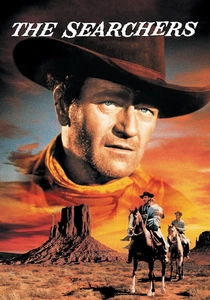
The Searchers (1956)
Description: While not strictly an army film, it features a former Confederate soldier turned bounty hunter, exploring themes of duty, revenge, and the impact of military service on personal life.
Fact: The film is often cited as one of the greatest Westerns ever made. It was shot in VistaVision, providing a wide-screen experience that was rare for the time.
 Watch Now
Watch Now
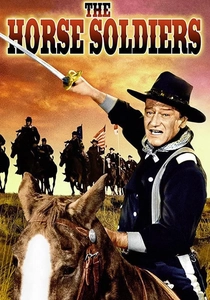
The Horse Soldiers (1959)
Description: This film follows a Union cavalry unit led by Colonel John Marlowe on a daring raid through Confederate territory during the Civil War. It's a classic example of how the army's strategic operations were portrayed in Western cinema.
Fact: John Ford, the director, was known for his Westerns, but this film was one of his few to focus on the Civil War. The film's ending was changed to be more upbeat for audiences.
 Watch Now
Watch Now

The Great Sioux Massacre (1965)
Description: This film dramatizes the events leading up to the Battle of Little Bighorn, focusing on the military's perspective and the controversial figure of General Custer.
Fact: The film was one of the first to portray Custer in a less heroic light, reflecting changing historical views on his actions.
 Watch Now
Watch Now

Major Dundee (1965)
Description: This film follows a Union officer who recruits a diverse group of soldiers, including former Confederates, to hunt down an Apache war chief, showcasing the complexities of military alliances in the West.
Fact: The film was plagued with production issues, including budget overruns and conflicts between director Sam Peckinpah and the studio. It was heavily edited before release, with a longer version later restored.
 Watch Now
Watch Now
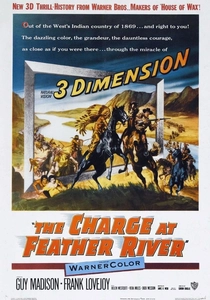
The Charge at Feather River (1953)
Description: This film tells the story of a small group of cavalrymen who must hold off a large force of Cheyenne warriors, emphasizing the bravery and strategy of army units in the West.
Fact: It was one of the first films to use the new Cinemascope process, providing a wider, more immersive viewing experience.
 30 Days Free
30 Days Free

The Last Outpost (1951)
Description: A Confederate officer is sent to infiltrate a Union fort, highlighting the espionage and subterfuge that could occur within the army during the Civil War.
Fact: Ronald Reagan stars in this film, one of his many Western roles before his political career. The film was originally titled "Cavalry Charge" in the UK.
 30 Days Free
30 Days Free

The Horseman on the Roof (1995)
Description: Although not a traditional Western, this French film set during a cholera epidemic in 19th-century France features a former soldier navigating through chaos, reflecting themes of duty and survival.
Fact: The film was based on a novel by Jean Giono and was critically acclaimed for its cinematography and historical accuracy.
 30 Days Free
30 Days Free

